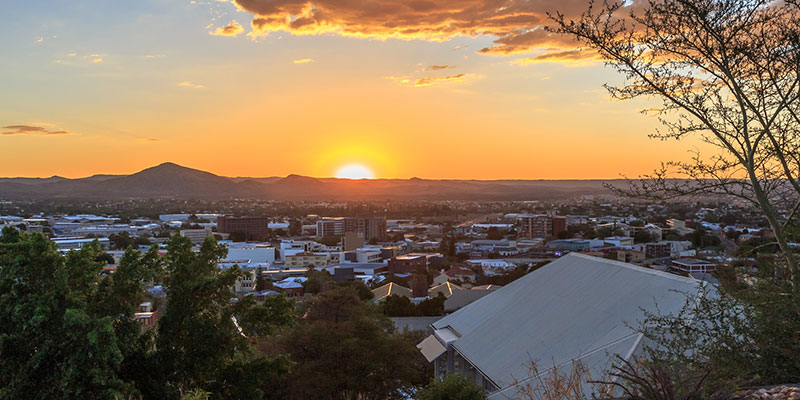Namibia, the driest country in sub-Saharan Africa, has long faced water scarcity.
The small southern African nation has been pioneering wastewater recycling since the 1960s
The southern African country of Namibia, known for its wide, expansive desert landscapes, is an arid country prone to drought. Water scarcity is a harsh reality for many of its citizens, including the more than 400,000 residents of the capital city, Windhoek, which is also the hub of Namibia’s industrial sector.
Some years ago, dammed reservoirs supplying Windhoek were almost empty and the city faced an extreme water crisis. It was estimated that the city’s taps would run dry within six months.
Realizing that something urgently needed to be done to tackle the city’s water crisis, Namibia set about implementing a wastewater recycling program to reuse water.
Public Acceptance of Water Reuse
While the notion of recycling wastewater into drinking water has not been well accepted by people living in neighboring South Africa and many other countries, Namibia has had fewer alternatives. With no other options available, people are more inclined to accept whatever will bring them some relief.
In the city of Windhoek in the 1960s, water was primarily supplied by unreliable local subterranean sources, a problem compounded by a lack of rain. Additional water infrastructure was needed in order to meet water demand. Recognizing that wastewater is a valuable resource, Namibia decided to reuse it. They built the Goreangab Water Reclamation Plant, the first water recycling plant in the world to recycle municipal wastewater into drinking water, which is known as direct potable reuse (DPR).
Wastewater Treatment
Successful DPR projects, such as in Windhoek, involve rigorously treating domestic wastewater to produce an effluent with a consistently high quality, which is then treated further to produce water that is safe to drink.
In Namibia’s Goreangab plant, this involves a 10-step purification process, including dissolved air flotation, several filtration steps, and disinfection to ensure complete removal of pathogens and other potentially harmful or aesthetically objectionable contaminants.
A Valuable Resource
With innovative advances in technology, treating wastewater for reuse is now considered an acceptable, reliable, and safe solution for addressing global water scarcity challenges, essentially making wastewater a valuable resource.
Fluence has many MABR wastewater treatment plants around the world that produce high-quality effluent that can safely be used for irrigation or landscaping. Now, we’re taking it a step further and adding additional treatment to bring the effluent to potable levels. In South Africa, we’re partnering with MEB Energy to pilot a DPR plant. The project includes an Aspiral™ S1 plant, tertiary treatment, ultrafiltration, reverse osmosis, advanced oxidation process, and disinfection.
With a wealth of experience in advanced wastewater treatment and potable water treatment, Fluence can design a wastewater-reuse system tailored to your needs.
If your community or business faces water security challenges, contact Fluence to find out how our wastewater reuse solutions can help you overcome these challenges.

